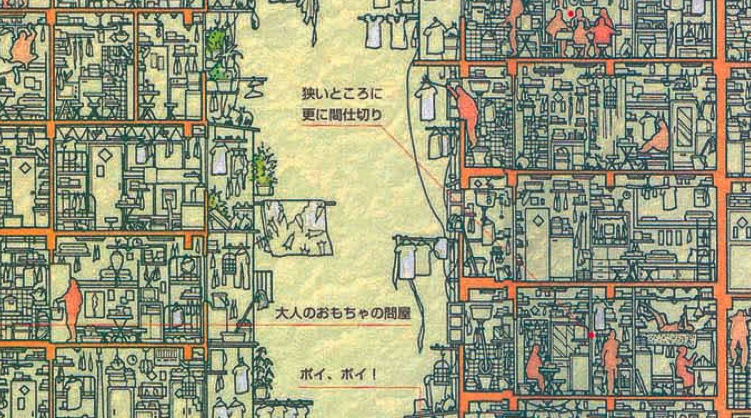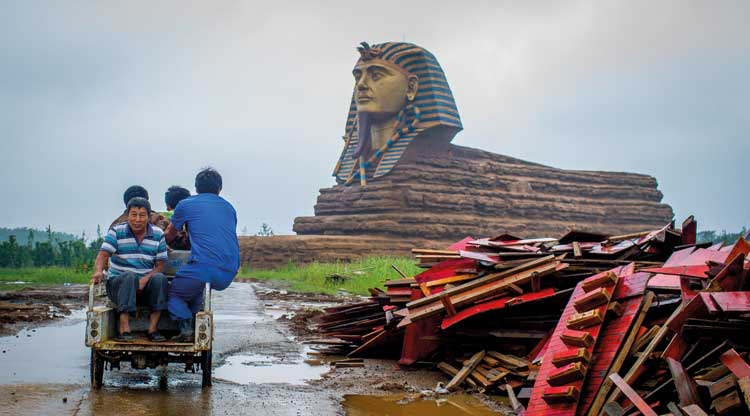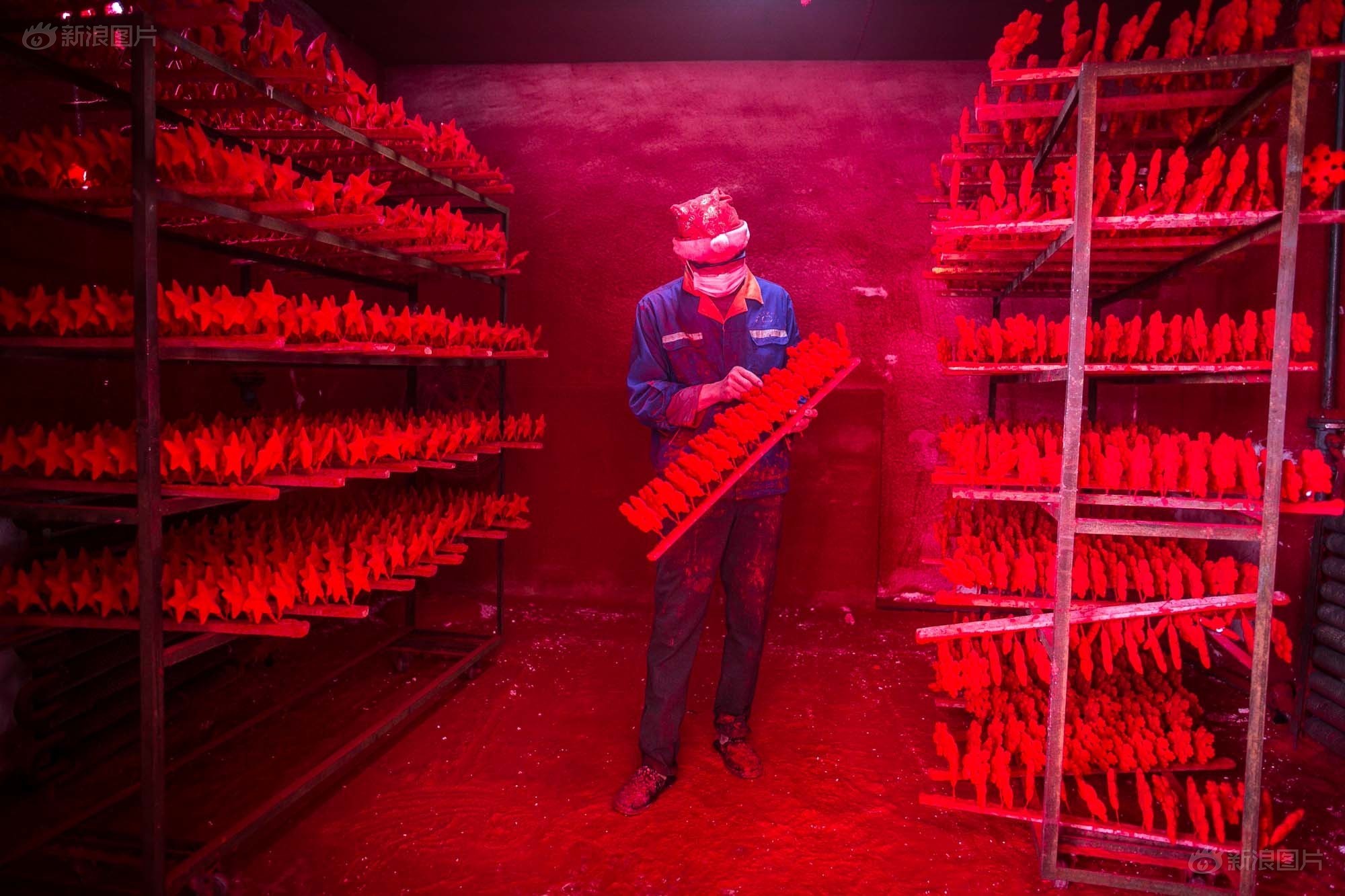A group of Japanese architects, engineers and city planners led by historian and cultural anthropologist Hiroaki Kani have produced these detailed cross-sections of the Kowloon Walled City that existed in Hong Kong from 1898 until 1993.
When the Walled City was demolished, few Japanese had heard of the Triad-controlled enclave that was once the most densely populated place on Earth. However, they soon developed a fascination with it after the demolition was broadcast on national TV, and have produced 3D models and even Walled CIty-replica arcade:

Hiroaki Kani and his team, however, had already explored the labyrinthine structure in depth and meticulously documented every nook and cranny:




Download high-res version of the file here.
The Kowloon Walled City started out as a small coastal fort built in 1810 and expanded in 1847 after Britain took the island of Hong Kong. When the Convention of Peking ceded Hong Kong's New Territories and Outlying Island to the United Kingdom for a lease of 99 years, the fort, which now housed 700, became an isolated island of Chinese soil in the Crown Colony.
Although China was allowed to continue keeping officials there - provided they did not interfere with the colony's defense - Governor Sir Henry Blake suspected that the Viceroy of Canton was using locally stationed troops to aid resistance amongst Punti clans in the newly acquired expanse between Boundary Street and the Sham Chun River.
The anti-British resistance lasted less than a week and resulted in the deaths of hundreds of villagers but no British troops. Afterwards, Britain adopted a conciliatory policy to co-opting local clan leaders and both sides agreed that it was best to move on and pretend the whole thing had never even happened. Only in recent years has the conflict, now dubbed the 'Six Days' War,' attracted the scholarly attention of Hong Kong historians.
When the Royal Hong Kong Regiment broke through the yamen gates in 1899, however, they were taken aback to find a virtual ghost town with only one mandarin and 150 residents. Thereafter, the colonial authorities concluded that the fort was no threat and that they would tolerate it as a harmless anomaly and local attraction born of treaty technicalities.
After the 1911 Xinhai Revolution toppled the enfeebled Qing Dynasty, what little semblance of order that remained in the Walled City vanished completely, as it fell beyond the effective jurisdiction of both the Chinese and British authorities. With a constant stream of refugees flooding into Hong Kong after 1949 and with many taking residence within the square kilometer of no man's land, it soon became a haven for criminal activity.
From the 1950s onwards, the Walled City became home to countless brothels, opium dens, gambling parlors and back-alley dentists - as well as many poor and hard-working families simply trying to get by.

It wasn't until 1973-4 that the Royal Hong Kong Police began to crack down on the Triad-held stronghold. A series of more than 3,5000 police raids produced 2,500 arrests and the seizure of over 1,800 kilograms of drugs.
The Sino-British Joint Declaration of 1984 laid the the legal groundwork for the Walled CIty's demolition, and colonial administrators decided that the fascinating but somewhat embarrassing affront to British rule of law had to be gotten rid of before the territory's 1997 handover.

From March 1993 to April 1994, the Walled CIty residents were evicted and compensated for the loss of their homes and the entire structure was razed to the ground. In its place, the Kowloon Walled City Park opened in December 1995, where visitors today can still see parts of the old yamen and South Gate, but nothing of the infamous 'City of Darkness' that continues to inspire filmmakers, artists, writers and academics around the world.
[Images via Spoon&Tamago]




















0 User Comments